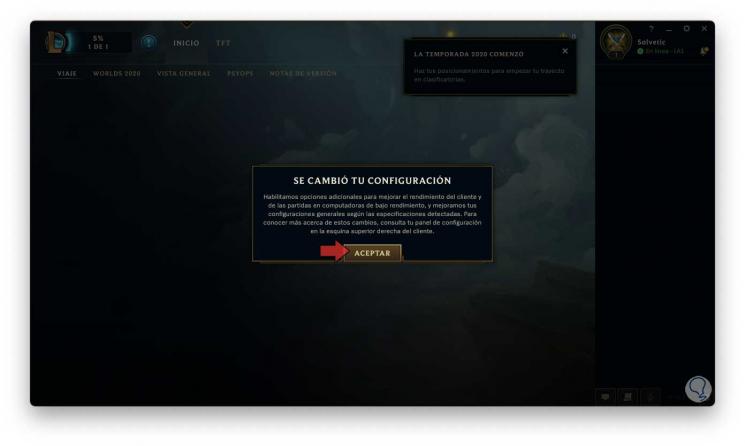



** If you're using Windows XP, there is no built-in memory diagnostic. If any errors occur, then this is most likely a RAM issue. Run through the resulting troubleshooter once your PC restarts.Select "Restart now and check for problems" (be sure to save any open files!).In the results, select "Windows Memory Diagnostic."** Open the "Start" menu and type "Memory" into the search box.If your hard drive is functioning properly, you'll need to test your RAM:.Click on "Verify Disk" in the lower-right corner and let it run.Select the Mac hard drive from the left side menu and click on the "First Aid" tab.Ensure that your disk drive is operating properly on Mac by using Disk Utility:.Follow the on-screen prompts to check your hard drive for errors.Hit start, type "chkdsk", and hit enter.Ensure that your disk drive is operating properly on Windows by running chkdsk:.If your computer has multiple users, make sure other users do not have League of Legends currently running.You can do this by checking your task manager in Windows (ctrl+shift+esc) or the activity monitor on Mac (command+space, type "activity monitor," hit enter). Double-check that League of Legends isn't running any processes in the background.You need at least 8GB of free space for League of Legends to repair and patch properly. Check how much free space your disk drive has.Make sure you are connected to the internet with a wired connection if possible.First, restart your computer and try to repair again.If you receive an error when trying to repair League of Legends, try the following steps.Įach of these steps is a unique solution, so we've ordered them starting with the simplest fix. The full repair function can fail for a few different reasons, like having an old disk drive or not having permissions to write to your drive.


 0 kommentar(er)
0 kommentar(er)
